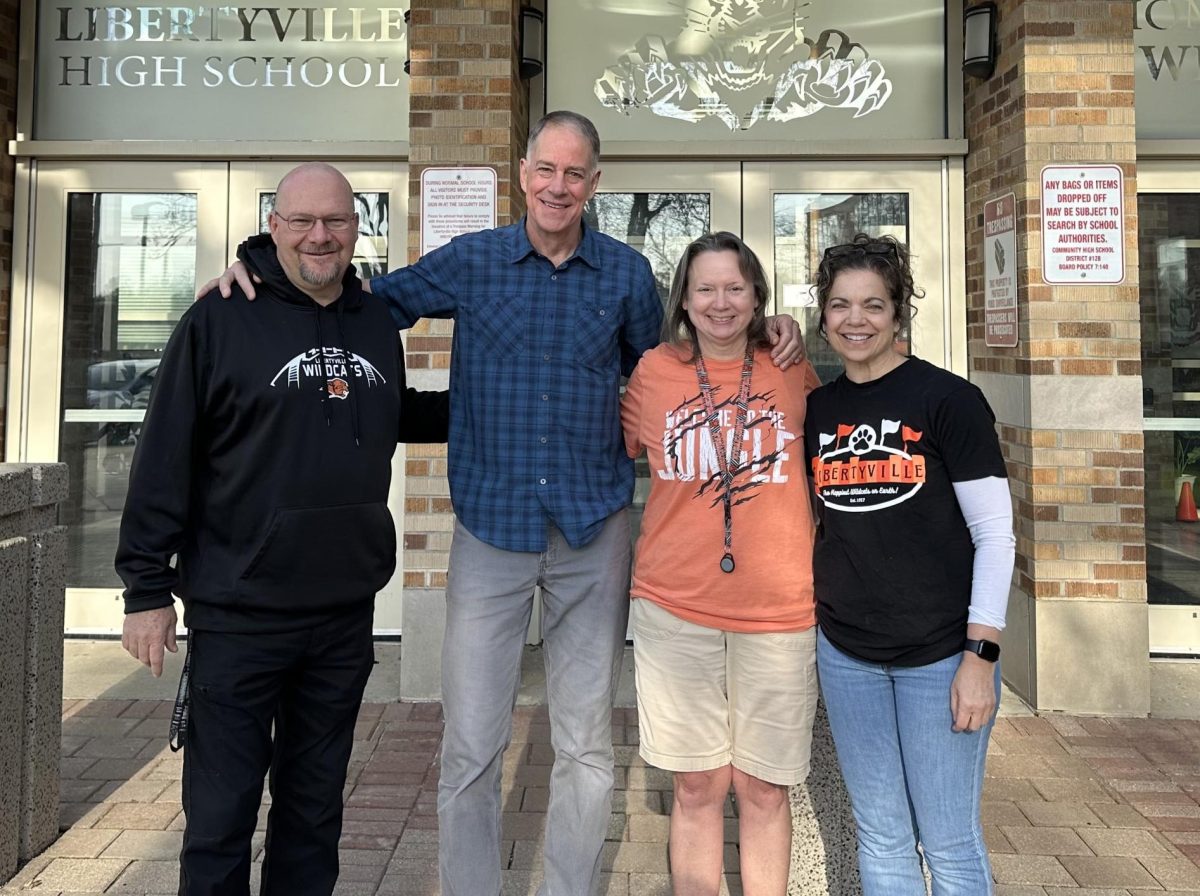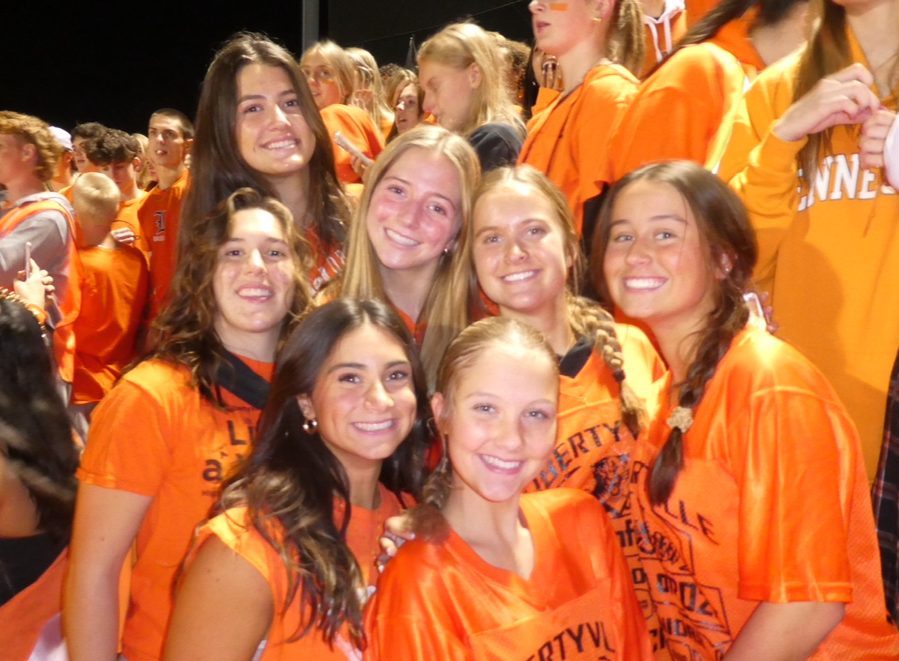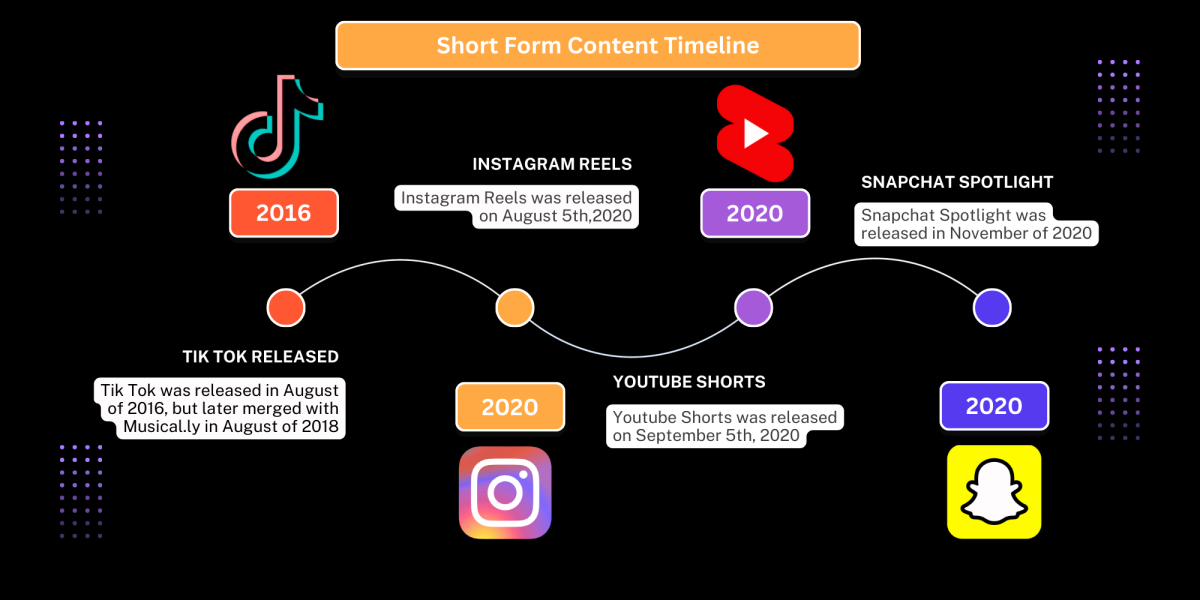With the recent outbreak of social media spreading throughout schools, teachers have managed to step in by utilizing different forms of social networking sites with the sole purpose of improving education.
“They (social media pages) help a lot because when you are sick you can check what your classmates did in class and what assignments are so you don’t fall behind,” sophomore Nida Ahmad stated.
According to internet marketer Jeff Bullas, 72% of all internet users are now active on social media. 23% of Facebook users login at least five times a day. And 215 million monthly active users exist on Twitter.
Because of these extensive hours and posts on social media, educators are now trying to incorporate different forms of social networking sites into their curriculum. Even teachers, school counselors, and principals are involved with social media. A recent survey conducted by the Association for Supervision and Curriculum Development; shows that 61% of teachers or any sort of school faculty are present in at least one form of social media, including Facebook, Twitter, Youtube, Google+, and others.
“I use my Twitter for my World History classes and Model UN. I mostly use it to post homework assignments, as well as additional articles that might be of interest for students,” history teacher Matt Thompson stated.
Many teachers throughout LHS have attempted to add social media into their curriculum. For example, chemistry teacher Margaret Faulkner tweets class reminders and information about extracurriculars such as student council. Also, social studies teacher Brian Voss tweets out amusing links and memes to his macroeconomics and sociology classes.
Students like teachers who have a wide range of assignments and class information on their website or social media pages.
“I like when teachers have a Moodle page because they can easily attach the documents and have everything together on one page. Also, I like how you can go to the website and majority of your teacher’s documents and attachments are on that page,” Ahmad said
It’s extremely helpful to have review guides, notes that students have missed in class, and the help from teachers and classmates right at your fingertips. Teachers who use social media within their classes present students with an opportunity to always get a hold of a missing assignment, or to quickly tweet or post a question.
“They (social media pages) can be beneficial because it is just another way to access and share information with a platform that students are familiar with and use,” Mr. Thompson said.
Connecting with teachers and students over social media is effective and easy. Yes, email is a good way to communicate with teachers, but many high school students do not actively use their emails. Social networks allow teachers to post updates at top speed, right when they’re needed. Students actively check social media, so they are bound to see the newest update.
“Social media helps if I have a general question because my peers can help,” sophomore Arthi Sekharan proclaimed.
While communicating with a teacher is helpful, it’s also beneficial to interact over social media with your peers, who might have the same questions and concerns that you do. For example, when you post a question on Mr. O’Neil’s AP Euro Facebook page, chances are that someone had the same exact question as you did.
“Usually I use these pages to ask questions and get updates. It’s easier to get help from my peers on a larger scale rather than just trying to figure it out myself,” Sekharan said.
High school students create, communicate, and collaborate over the internet. Social media allows them to share their thoughts and promote their ideas with fellow classmates. Students can share information and give updates to those without social media accounts.
“I hope that they (students) use it (social media pages) to share tweets that I have sent out with other students that don’t follow me,” Thompson declared.
So how do teachers exactly use social media in classrooms? Many teachers encourage students to share work online. For example, on Moodle, students have the possibility to answer different discussion questions. Within these different questions, students reply to each other and can agree or disagree with what each other say. This gets a conversation going on throughout the class and allows everyone to be involved.
US history teacher Andrea Lara often tweets about class announcements such as homework, review guides, and the newest updates on student council. She also posts different pictures and fun YouTube videos pertaining to what students are learning in class.
When there was homework confusion within Lara’s class, she tweeted, “Hey HUSHERS! Ignore the calendar that says something about a “homework packet”! Just read and define bolded terms!”
In addition to Twitter, Facebook is a common social networking site used by teachers. Teachers can post reminders, announcements, and any updates on the page. AP Euro teacher Kevin O’Neil has a Facebook page that students can post questions or concerns on that their other peers can respond to.
A lot of classes also have YouTube channels that are used for teachers to post different podcasts or online lectures. Math teacher John Taylor posts algebra video lessons online that students follow along and take notes on. YouTube is not as interactive and hands-on as other social networks, but it allows the feel of a “flipped classroom” in which the student watching basically gets taught at home.
“Teachers putting up videos really help me because I can watch the videos at home and take my time to write down notes and comprehend what teachers are teaching instead of rushing through the content,” Ahmad stated.
Teachers would love to have easy-to-access information that all students can get a hold of and social media allows them to do so. Students are immersed into their phones, ipods, and social networking sites all the time, even at school, and adding these sites into education may allow students to become intrigued with class activities. Social media is how most high schoolers think, communicate, and entertain.
“Since social media is such a widespread platform, it encourages students to take advantage of the media given. I think that students find interactive approaches to learning more appealing , especially with social media, because it is something that we cherish and use so often,” Sekharan proclaimed.
Although social networking provides an interactive, easy to follow learning experience, it is also a valuable teaching tool when it comes to the rapidly growing forms of communication.
It is extremely important for students to recognize the changes going on around them and even more important for them to know how to properly utilize these resources.
There is a fine line between what students do at school on social media and what they do at home on social media. At school, students use social networking sites for educational purposes and at home, students use social media for leisure and entertainment. However, both situations require responsible actions and the use of social media at school helps students to identify their boundaries.
Because of the immense outbreak of social media and teachers incorporating it into education, students and teachers are faced with numerous opportunities to add forms of technology and social networking into their typical school-life.
Sekharan expressed that,”When teachers use social media to help their students, not only does it give us an opportunity to see how their teaching translates into something that kids nowadays understand, but it also makes me, as a student, want to get more involved during, and outside of class.”








